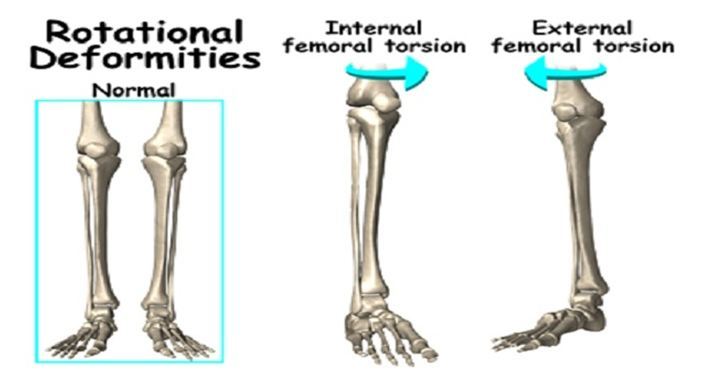Most kids would sit in the W-position when playing As a parent you will not take it seriously because it is just another 4-letter word for you. Why is it that it is considered to be normal for some kids but not for others?
When your kid plays and sits in other positions it will help in the development of the trunk control and rotation required for mid-line crossing. It is also beneficial for separating the 2 sides of their body. Such skills are essential for developing advanced hand dominance and motor skills. If you come across your kid sitting in this posture, you should prevent him/her from doing so.
In fact, no one should sit in the W position. Kids will usually enter this posture when playing. As a parent, you should prevent your child from doing this because it could develop orthopedic issues in the future.
What do kids sit in the W-sitting position?
All kids love playing. Motorically challenged kids also equally enjoy playing. When focusing on toys, they are not going to think about maintaining their balance.
Those kids who sit frequently in the W-position will use this posture for additional hip and trunk stability. It will allow them to easily manipulate and play with their toys.
During the W-posture, the child will remain affixed or grounded via the trunk. It will enable playing with toys in the front. But it will restrict trunk rotation and moving weight to lateral positions.
The child will be able to maintain balance with weight shifting and trunk rotation when running and playing. These actions are essential to cross the mid-line when performing tabletop functions and writing.
So there are many reasons why kids sit in this posture. But when used continuously, the W-sit will prevent the development of more mature motion patterns required for a higher level of skills.
Who Must Avoid W-Sitting?
The W-sitting positions should be discouraged almost every time and in all kids. The posture should be avoided and can prove to be detrimental in kids if they have any of these:
- The child has orthopedic concerns. If your child has previously suffered from hip dysplasia or even if there have been concerns about it, don’t allow your child to W-sit. This posture is capable of hip dislocation.
- Your child should not W-sit if he/she already has muscle tightness. It can further aggravate the condition. This posture will place the hip abductors, hamstrings, heel cords, and internal rotators within a very short range. Ask your child to sit in some other posture.
- Your child should avoid this posture if he/she has developmental/neurological delays or concerns. If your child has enhanced muscle tone (spasticity or hypertonia), W-position will cause abnormal movement patterns. Inspire the use of other sitting positions which will help in developing better movement patterns.
Another problem with the W-posture is that it can discourage the development of hand preference in your kid. There is no chance of trunk rotation in this position, so your kid cannot reach across to pick on the other side. He/she will however only pick up things on the right side using the right hand and things on the left side using the left hand.
Your child should sit in different positions. Most of the moving parts will be used when trying to sit and moving out of a sitting position. When it comes to the Q-position, the movement to and from it is completed in a straight plane.
In W-sitting there is no need to use trunk rotation, righting reactions, and weight shifting.

Preventing W-sitting Position
The simplest thing to do is to prevent your kid from developing the habit of sitting in the W-position. You should foresee it and stop your child before setting in the position. You should teach your child to sit in other positions.
Even if your kid has already discovered and uses the W-sit, teach him/her to move to some other healthy sitting posture. This should be done consistently until he/she learns it.
When you play with your kid on the floor, it is recommended to hold his/her feet and knees together when creeping/kneeling on knees/hands. This will prevent your kid from getting into the W-posture.
In such a case, your child sits on one side or he/she will sit back on the feet. Then you can help him/her to sit on one side. Make sure to teach him to sit on both sides for balanced development.
Such movement patterns require some level of lateral weight shifting and trunk rotation. They should also help achieve your kid’s therapy goals.
If you notice that W is the only sitting position used by your kid, you should get help from a therapist in alternative postures and supportive seating like side-lying and prone. One option could be to customize sitting against a small chair, couch, or table.
Via Healthy Food Help | Path ways | David Wolfe

